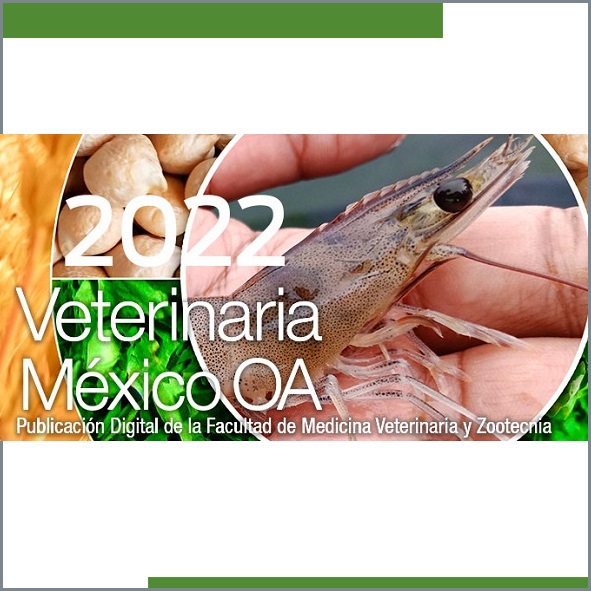Economic analysis of different pregnancy rates in dairy herds under intensive management
Contenido principal del artículo
Resumen
Pregnancy rate (PR) is the most complete reproductive parameter, which indicates the total pregnancy proportion of cows that are eligible for insemination during an equivalent period of one estrous cycle. In international scientific literature there are several analyses concerning PR change effects on the profitability of dairy herds. However, in Mexico such information does not exist. In the present study, the economic consequence of PR changes in a dairy herd under intensive management was calculated. A mathematical model based on the Monte Carlo simulation model, which simulates herd performance and estimates utility using different pregnancy rates (between 15 and 30) was developed. The simulation was done using a fixed conception percentage of 30, so the increment in pregnancy rate only depended on the efficiency of estrus detection (EED) increase. In all the generated model scenarios, PR increase had a positive effect on the annual cow income per year; however, the extra income had a quadratic trend with a revenue decline, when PR reached 20%. So for every percentage point, where PR was increased from a 15 to 20%, an additional cow income of US$ 60.7 per year was generated. Furthermore, the additional income for every percentage point, when the PR was increased from 20 to 25% was US$31.26; and US$10.23, when the increase was from 25 to 30%. We can conclude that any changes in herd management in order to increase the EED and thereby the PR should have lower costs in comparison with the expected benefits; otherwise they will diminish their usefulness.
Detalles del artículo
License

Veterinaria México OA por Facultad de Medicina Veterinaria y Zootecnia de la Universidad Nacional Autónoma de México se distribuye bajo una Licencia Creative Commons Atribución 4.0 Internacional.
Basada en una obra en http://www.revistas.unam.mx
- Todos los artículos en Veterinaria México OA se publican bajo una licencia de Creative Commons Reconocimiento 4.0 Unported (CC-BY 4.0). Con esta licencia, los autores retienen el derecho de autor, pero permiten a cualquier usuario compartir, copiar, distribuir, transmitir, adaptar y hacer uso comercial de la obra sin necesidad de proporcionar un permiso adicional, siempre y cuando se otorgue el debido reconocimiento al autor o fuente original.
- Al utilizar esta licencia, los artículos en Veterinaria México OA cubren o exceden todos los requisitos fundacionales e institucionales para ser considerados de Acceso Abierto.
- Los autores no pueden utilizar material protegido por derechos de autor en su artículo a menos que ese material esté también disponible bajo una licencia igualmente generosa.



